The well-known collective exclamation of incitement has very ancient origins, even if the debate on its etymology is still quite heated between eighteenth-century, nineteenth-century theories or even theories dating back to the time of the first crusade. This exclamation of triumph began to be used in Italy during the eighteenth century and, paraphrasing the authentic “hip hip hooray”, people can praise in the industrial sector a real triumph in the protection from one of the main causes of component malfunctioning, especially electronic ones: water and dust.
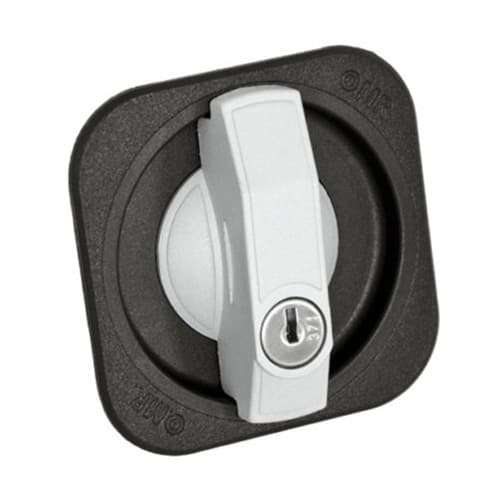
An international certification for the protection against dust, solids and liquids.
IP stands for International Protection Marking,but sometimes it may also mean Ingress Protection Marking. In both cases, the acronym refers to the international IEC 60529 standard and is characterised by two numbers following the IP prefix: the first number refers to the protection level against dust and solids, while the second defines the level of protection against water.
IP Certification and locks
In the field of locks, too, there is such international certification, which can be implemented on a variety of models: rods locks, quarter-turn cam locks, electronic or motorized locks, ¼-turn revolving locks, single and multiple point locking systems or handles, revolving locks for special fields of application with key cylinder with compression function, and snap locks. These locking models, manufactured in zynch alloy, stainlees steel, technopolymer or self-exstinguishing polyamide, are used mostly for doors and housings, equipped with hinges, where gaskets need high contact pressure to guarantee an overall waterproof protection.
As a support, to increase protection, a rubber or polymer anti-dust cap can be installed, but also additional gaskets able to increase the IP level (e.g., from IP40 to IP55 or IP65).
The fields of applications are many: from modular locking systems for panels and automation sectors to the automotive sector; from distribution boards to wall cabinets or watertight wall panels for automation to rack cabinets; from industrial cabinets with IP protection to wall or floor cabinets; from hatches to refrigerated cabinets; from pulpit systems to monobloc cabinets; from polyester cabinets to cabinets for automation, or for the very recent e-bikes.


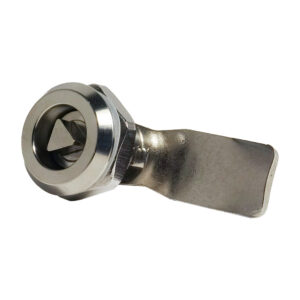
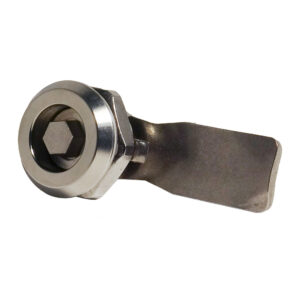
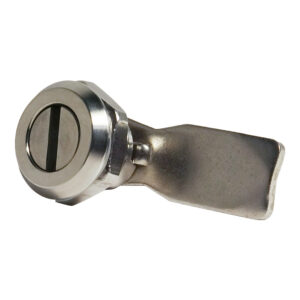
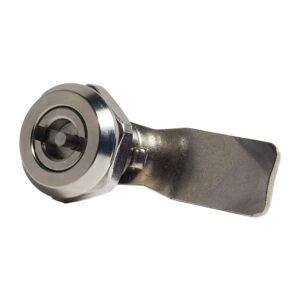

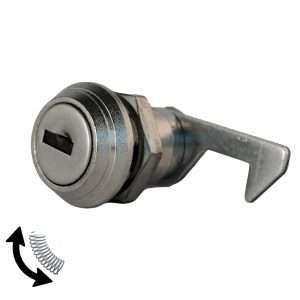
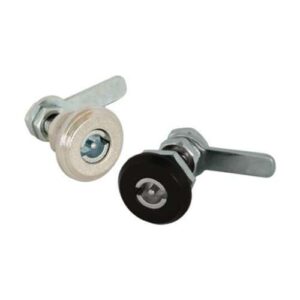
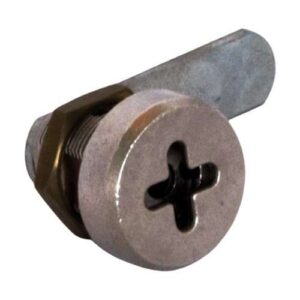
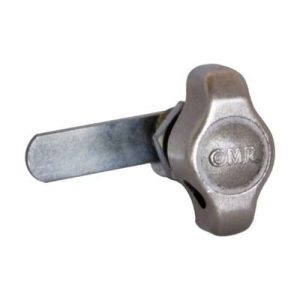
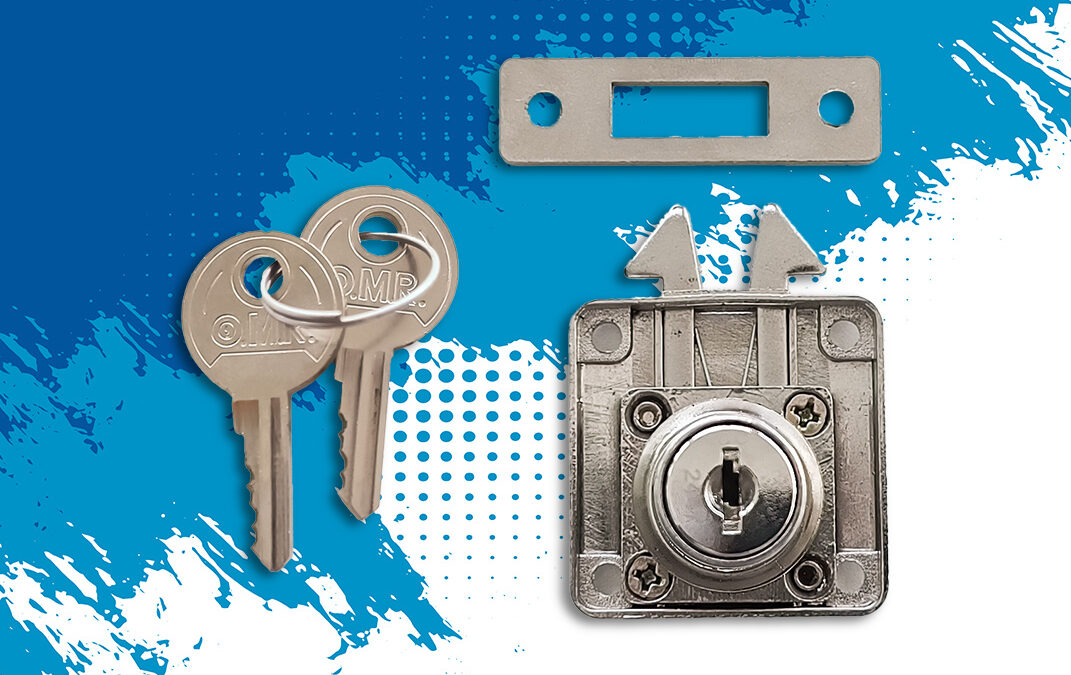
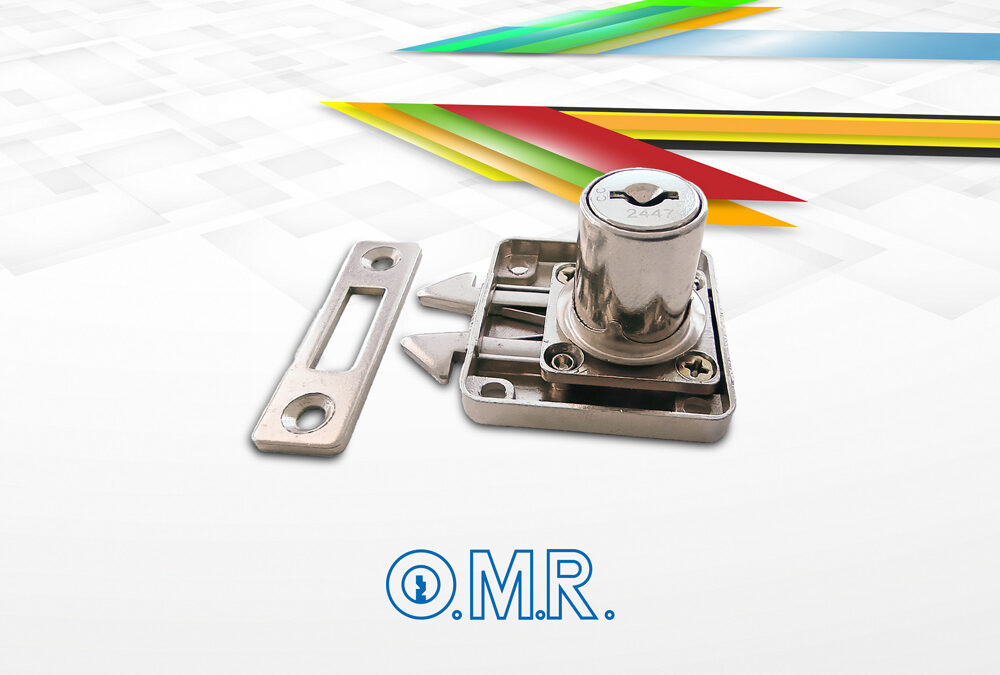
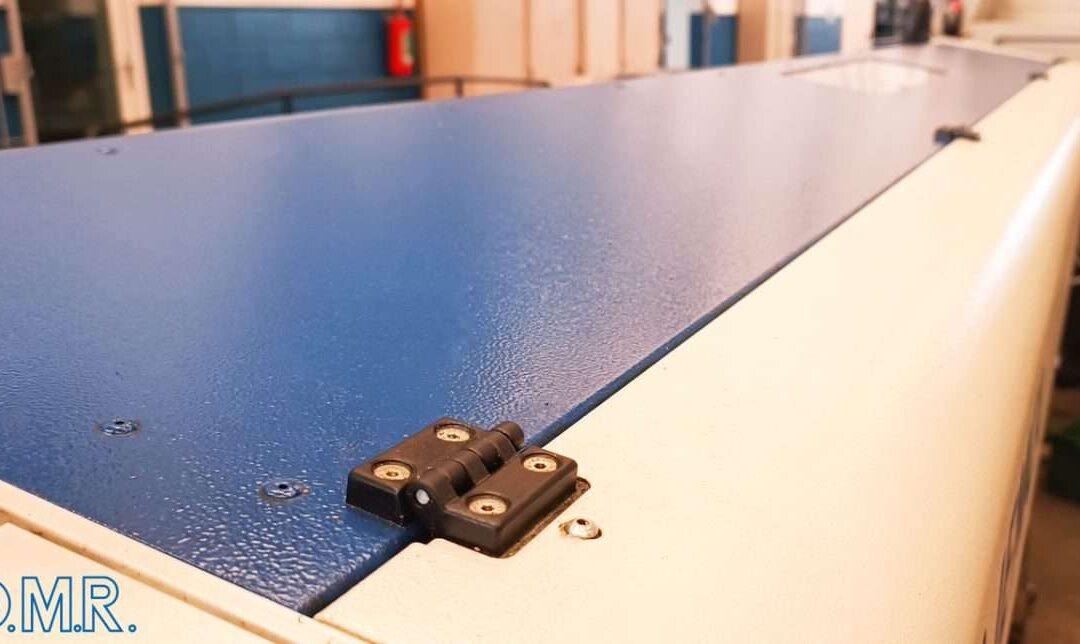
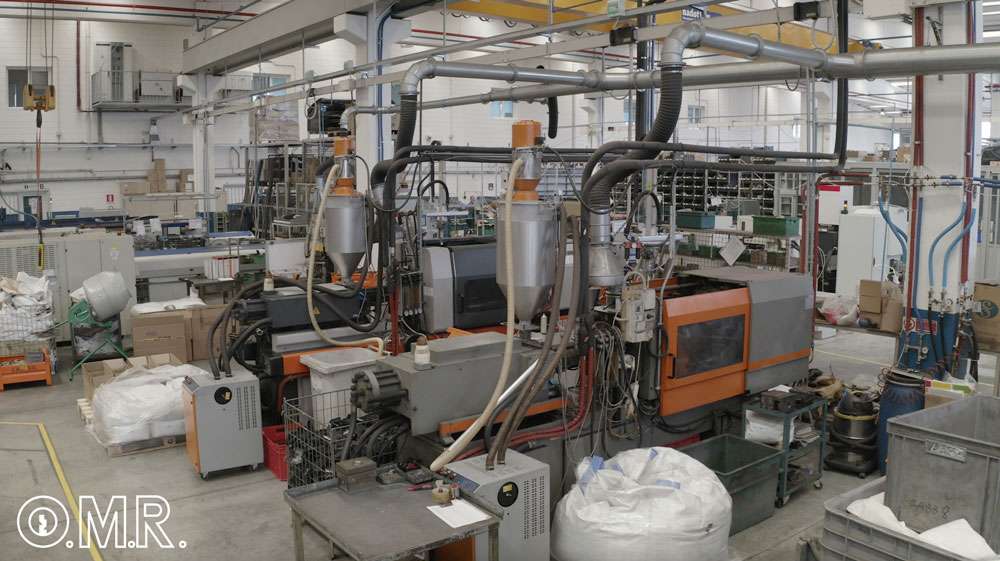
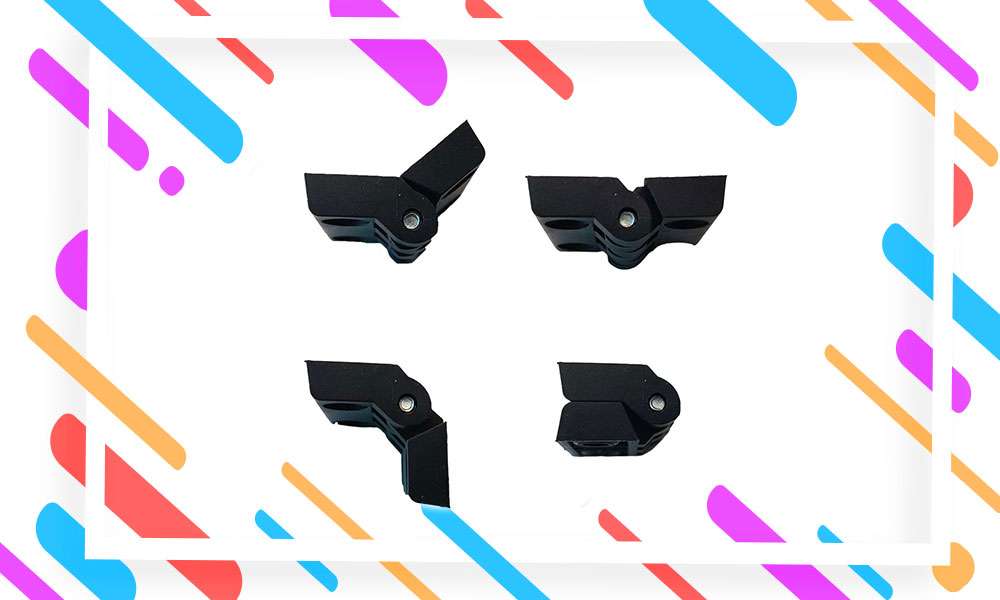
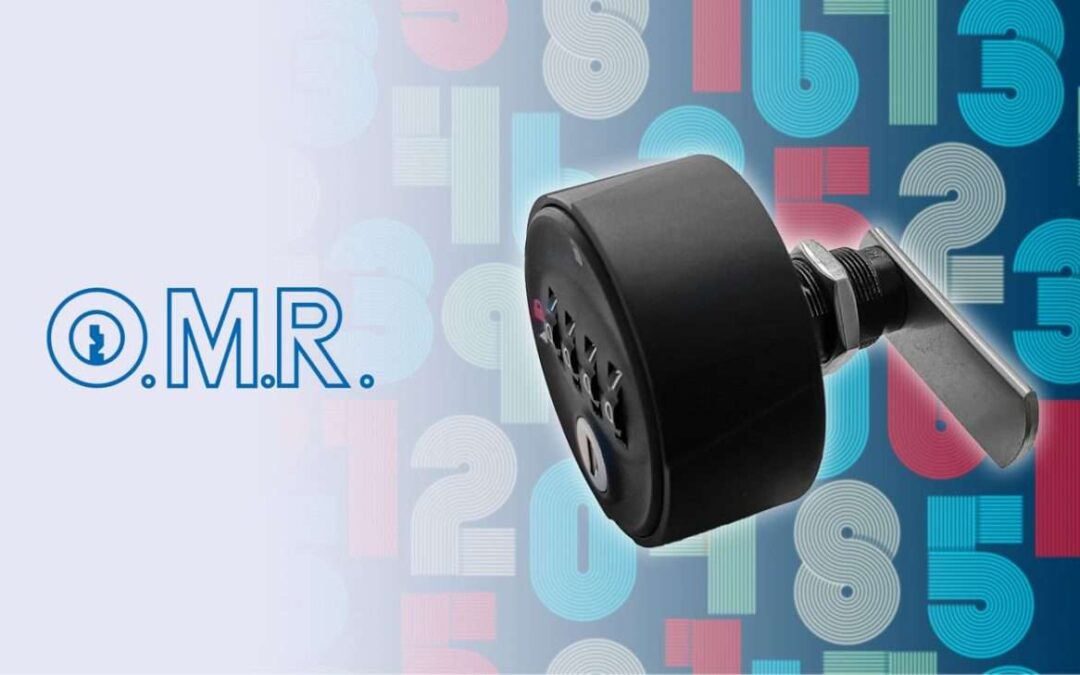
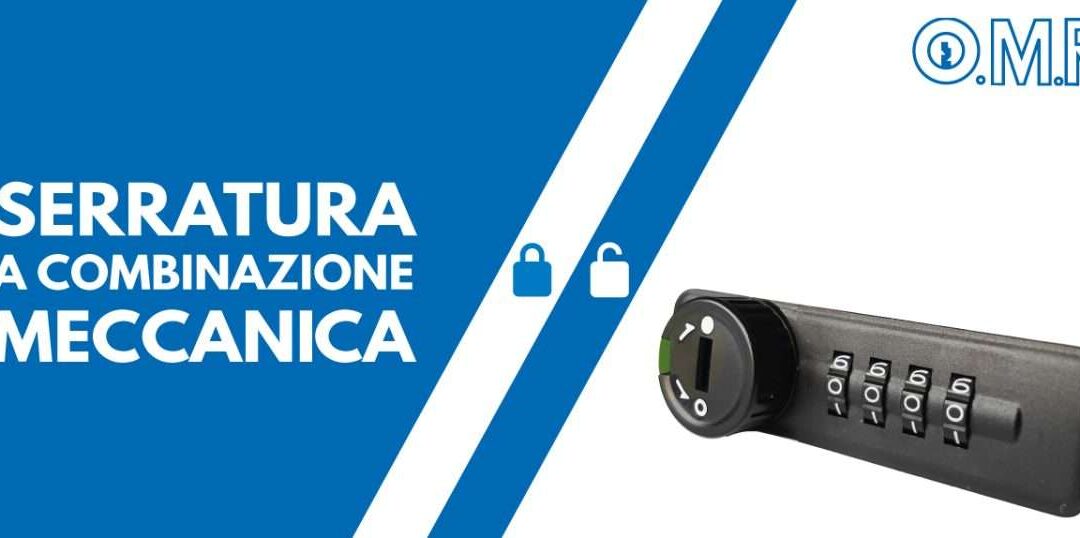
0 Comments